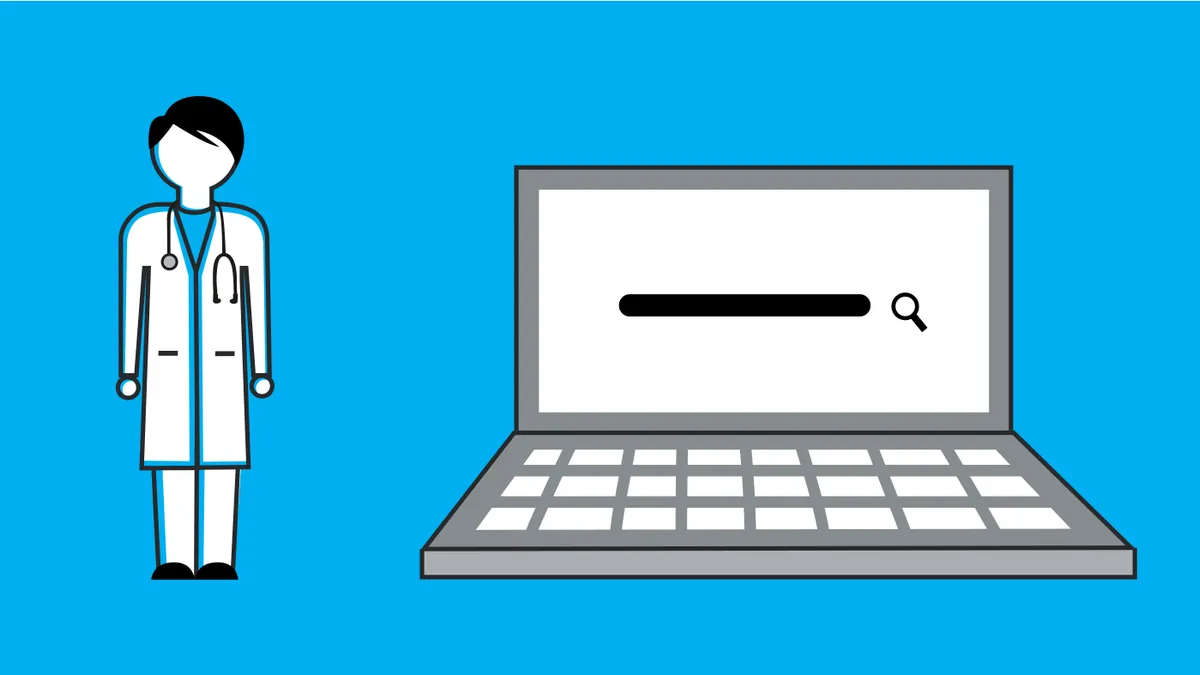Dive Brief:
- When it comes to employer-sponsored health savings accounts (HSA), enrollment is increasing but employer contributions, on average, are stagnant or decreasing, according to a recent survey.
- The survey, from United Benefit Advisors (UBA), an independent employee benefits advisory, reports that the average single contribution to HSA plans decreased 14.5% from three years ago, going from $574 to $491.
- Since 2014, HSA enrollment has increased 10.7%; since 2013, that number jumps to 53%, indicating significant employer and employee interest in these plans over time.
Dive Insight:
Les McPhearson, CEO of UBA, says employees remain highly interested in HSA plans even with decreasing employer contributions, noting that plan design and healthcare costs have a big impact on the popularity of HSA and HRA options offered by employers.
Niko Washington, vice president, Employee Benefits Practice, at Johnson & Dugan, a California-based UBA partner firm, points to the still looming Cadillac tax slated for 2020 as partially to blame for the lowered employer contributions. At the same time, Washington says fear of what the Cadillac tax might bring is making the HDHP more attractive, and HSAs are commonly tied together with such policies. But if an employer contributes too much, it could push them over the tax threshold.
Dan Cattaneo, CEO of Beneflex Insurance in California, expects to continue to see employer contributions to HSAs decline as most employers are trying to steer employees to an HRA instead. An HRA costs the employer less because money is only used if an employee actually has a claim, whereas with an HSA, the contributed dollars immediately become the property of the employee.














